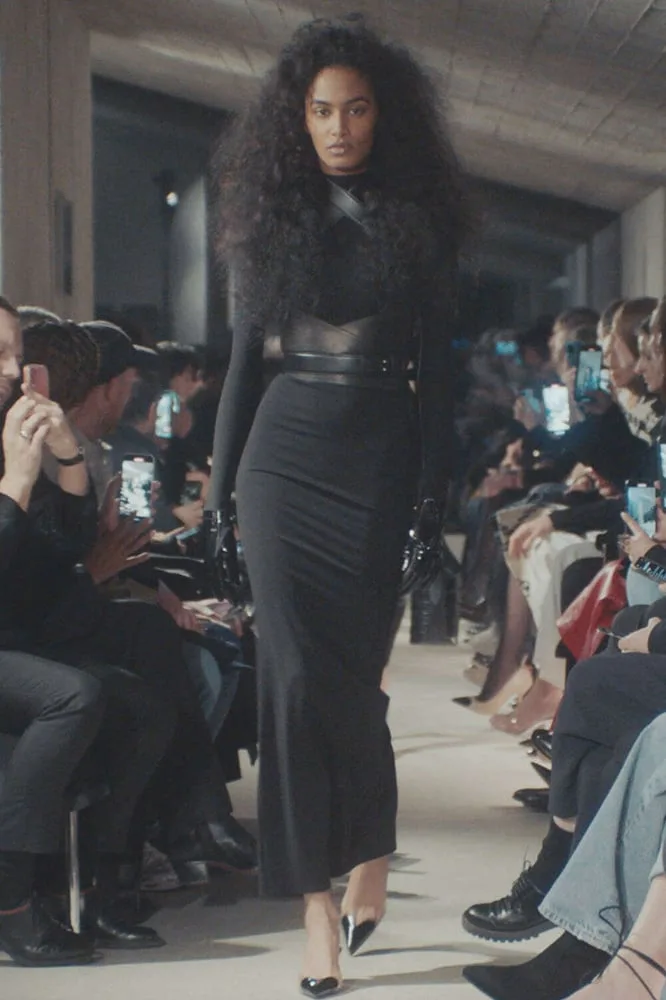Richemont, the powerhouse behind Chloé, Dunhill, and Alaïa, navigated a resilient fashion landscape in a challenging H1. While affluent consumers mirrored caution seen in other sectors, currency fluctuations played a pivotal role in shaping results. Despite falling slightly below projections, the conglomerate, home to renowned watch and jewelry brands like Cartier, Piaget, and IWC, achieved a commendable net profit of €1.51 billion for the half-year ending in September.
Sales recorded a 6% uptick, reaching €10.22 billion, though just shy of analyst predictions. The second quarter reported a modest 5% growth in currency-neutral sales. Chairman Johann Rupert acknowledged a «broad-based normalization of market growth expectations across the industry.»
Delving deeper, operating profit from continuing operations declined 2% to €2.7 billion in the face of uncertain macroeconomic and geopolitical environments. Remarkably, in a currency-neutral context, this figure surged by 15%. Asia Pacific emerged as a growth leader with a 14% sales increase at actual exchange rates (23% currency neutral), while Jewelry Maisons saw a 10% rise at actual exchange rates (16% currency neutral).
Specialist Watchmakers experienced a 3% decline in sales at actual exchange rates, offset by steady currency-neutral figures. In the ‘Other’ business segment, encompassing all fashion and accessories operations, sales dipped by 1%, yet showed a 3% rise on a currency-neutral basis. The Fashion & Accessories Maisons reported an operating loss of €6 million but showcased the stellar performance of Alaïa, Delvaux, and Peter Millar, contributing to a €25 million operating profit.
Richemont’s optimism in its fashion business is highlighted by the recent acquisition of control over shoemaker Gianvito Rossi. This strategic move is poised to strengthen the portfolio of Fashion & Accessories Maisons, with completion expected in the first half of the coming year.
Looking forward, Chairman Rupert maintains cautious optimism for the next half, recognizing the potential for changing conditions. He remarked, “The period under review started strongly, beyond our expectations. However, growth eased in the second quarter as inflationary pressure, slowing economic growth, and geopolitical tensions began to affect customer sentiment, compounded by strong comparatives. Consequently, we have seen a broad-based normalization of market growth expectations across the industry. The positive news is that a soft-landing scenario seems to be prevailing in major economies with still higher growth expected from China, which should benefit from stimulus measures.”
